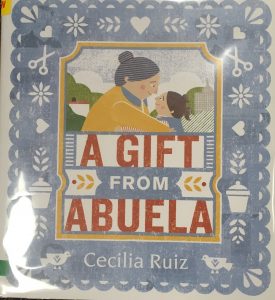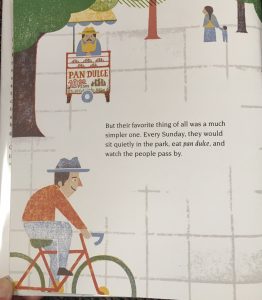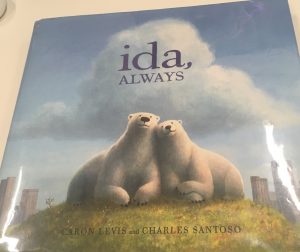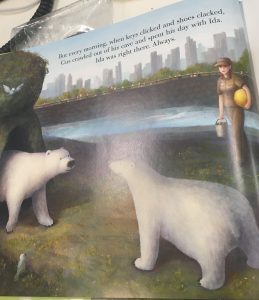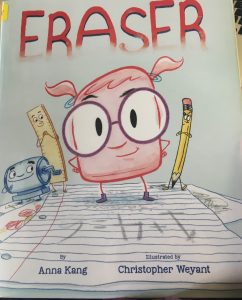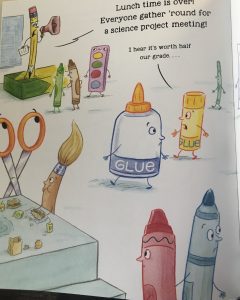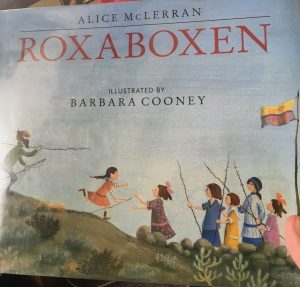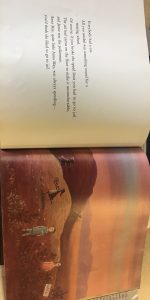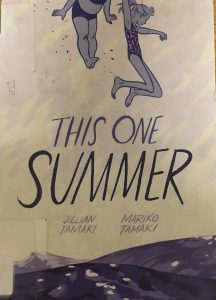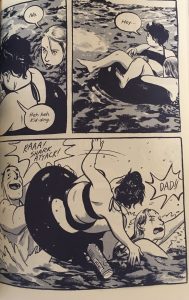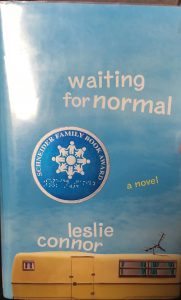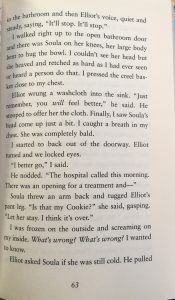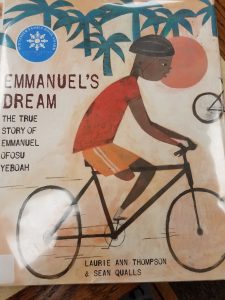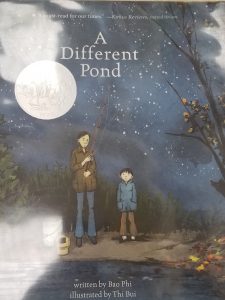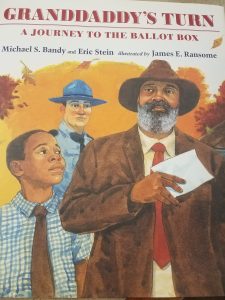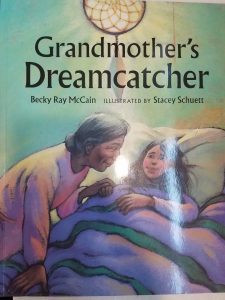Title: A Gift from Abuela
Author(s): Cecelia Ruiz
Illustrator/Photographer: Cecelia Ruiz
Publisher and Year: Candlewick Press, 2018
Number of Pages: 30
Tags: Culture, Diversity, Family, Fiction, Picture Book, K-1, 2-3, Sarah Luce
Genre: Fiction
Descriptive Annotation:
This book is written mainly in English but it has some Spanish vocabulary throughout the story. A Gift from Abuela is about a grandmother and granddaughter who spent a lot of time together when Niña was a little girl. As she got older, they grew apart and Abuela wanted to get Niña a present, so she tried to save a little money each week but eventually she fell on hard times, did not have any extra money to save, and forgot where she had hidden her saved money. The currency in Mexico changed, and the money Abuela had saved became worthless. One day, Niña found the worthless money and she and Abuela used it to make a craft they used to make when Niña was a young girl.
Classroom Application:
This text could be used in the classroom to reinforce a lesson on Mexico or a lesson on basic Spanish vocabulary. At younger ages, many students may have never left the country, so this story could give them a glimpse into Mexican culture. It could also give an insight into Mexican history, as the book mentions life in Mexico becoming increasingly difficult and the government changing the currency.
Linguistic and Cultural Diversity Analysis:
This book clearly represents the culture of Mexico and the people who live there. The illustrations show a Spanish town with shops that have Spanish names, while the story tells of favorite things to do and eat in Mexico. Abuela “liked teaching Niña how to make papel picado banners” (page 5) and at the end, “with the old bills, Niña and Abuela made the most beautiful papel picado banners” (page 27). I would ask the students if anyone had ever been to Mexico or knew someone from Mexico, or ask if anyone could speak Spanish or knew a few words of it. I could also simply just ask the class what prior knowledge anyone has about Mexico.
Illustrations:
